Stuck at Home? Perhaps it’s Time to Try Homebrewing
Favorite bars and taprooms closed? Local brewery not offering a drive-through for cans and crowlers? Way, way too much time on your hands these days?
Perhaps it’s time to consider, or rediscover, the joy of homebrewing. Homebrewing combines the creativity of crafting your own brew with the satisfaction that you made it all by yourself. Plus there’s a certain magic in watching yeast turn a murky sludge of water, grain and hops into a clear, tasty beverage that you can get buzzed off of.
Homebrewing also fits perfectly into this age of social distancing. Colorado’s Rock Hoppers Brew Club president, Eric Gould, notes, “It’s something you can do completely on your own or in a small group.” In less time than the typical quarantine, you can have five gallons of fresh-crafted homebrew ready to drink. Here’s a quick overview of the basics.
Getting Started
Virtually everyone with a dwelling can brew. The only hard requirements are a large-enough stove to boil several gallons of water and a place to store the wort between 68 and 72 degrees Fahrenheit while it’s fermenting. Needless to say, some stove and storage arrangements are better than others, but desperate times call for desperate measures and most anyone can make it work. Let’s just focus on getting a batch of drinkable beer, no?
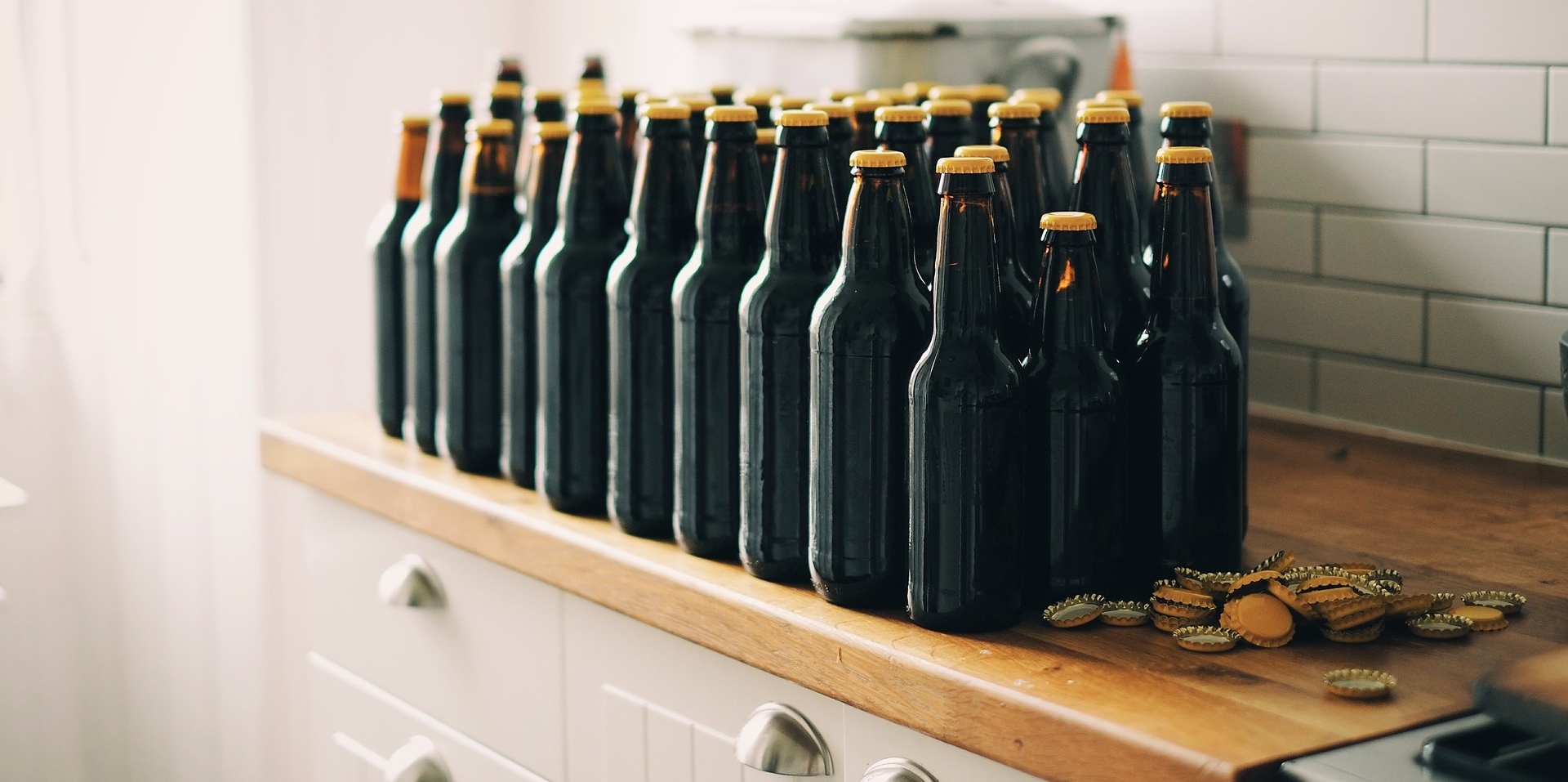
Beer Styles
Certain styles lend themselves to quicker beer. Ales ferment at warmer temperatures, and thus the yeast finishes its work faster, typically in just a few days. As an added benefit, it thrives at temperatures found in most homes. Within the Ale category, lower alcohol beers will be a sweet spot for a fast brew because the yeast needs less time to work at building up ABV.
While these parameters exclude most complex beers, you’ll find plenty of recipes for simpler styles like wheat beers, milds, Porters and bitters. It may be helpful to choose a beer with stronger flavors for a starter to help mask any “mistakes” on your first try.
Equipment
Local homebrew stores typically have starter kits with everything you need to brew and bottle a five-gallon batch of beer. Some even have one-gallon kits for those with commitment issues.
Of course, if you can’t access your local homebrew shop, online sellers will happily drop a kit at your door. However, that means a few days longer until your first sip.
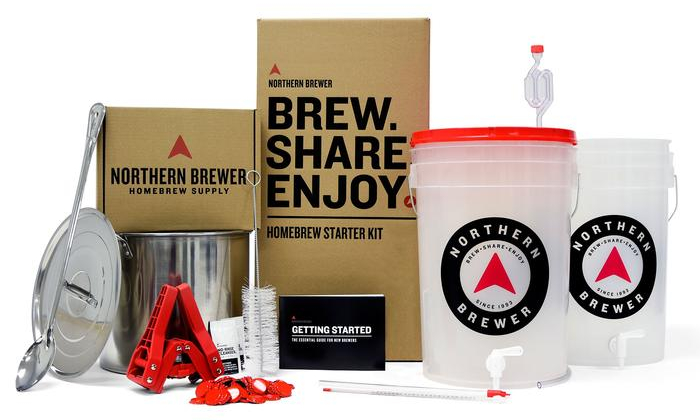
Basic five-gallon kits usually sell for less than $150, with the possibility of upgrades. Pricing differences involve things like quality of equipment and ease of use. For example, glass components versus plastic.
When looking at kits keep in mind that most include a small amount of cleaner/sanitizer but you will likely need to buy more to get from boil to bottling. Also, many kits expect you to buy bottles, caps and sometimes a capper separately. Finally, most kits assume you’ll have a stockpot big enough for at least eight gallons of liquid. Be sure to check what’s included, otherwise you may be left high and sadly dry.
Ingredients
The easiest path here is a pre-packaged ingredient kit. These come in generic styles—for example, American Wheat—or as clones of specific commercial beers. Typical kits include liquid or dry malt extract, hops, grains, yeast, priming sugar and a grain steeping bag.
For the style of beers, we’re targeting prices in the $35-50 range. Much like equipment, carefully read the ingredients list for additional items. Some kits will have you purchase malt extract or other ingredients separately.
Employees at your local homebrew store should be able to help you pick a fast-brewing kit, make sure you have any add-ons or work with you to separately assemble the ingredients to brew an online recipe.
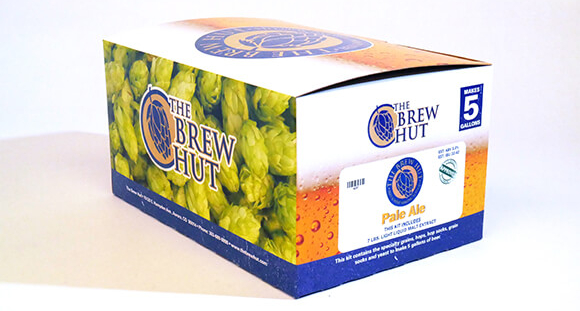
The Process
You’ll need to allocate at least three hours on brew day for setup, brewing and cleanup. The basic steps of brewing any malt extract beer are pretty much the same. However, you may see additional steps or slightly different timing depending on the recipe.
- Clean and sanitize everything! This should come as second nature these days.
- Steep grains in mesh bag in two-and-a-half gallons of hot water for 20 minutes.
- Bring water to a boil.
- Remove from heat and stir in malt extracts.
- Return to boil and add hops at various times during the boil. Boil time is usually about 60 minutes.
- Add cold water to bring volume to five gallons (the liquid is now called wort).
- Cool to 75 degrees Fahrenheit as quickly as possible.
- Move to fermenter.
- Pitch (add) the yeast, cover fermenter and attach airlock.
- Store between 68-72 degrees Fahrenheit.
- Watch for bubbles in the airlock within a day.
- When the bubbling stops the beer is ready to bottle (+/- five days).
Now you have some choices:
- The typical beginner method is to siphon the beer into bottles along with priming sugar cap and let them sit for a week or so. Sugar restarts fermentation resulting in natural carbonation.
- An alternative is kegging the beer and force-carbonating it, in which case it is ready almost immediately. If you have a homebrewing friend with a spare keg and CO2, now’s a great time to call in a favor.
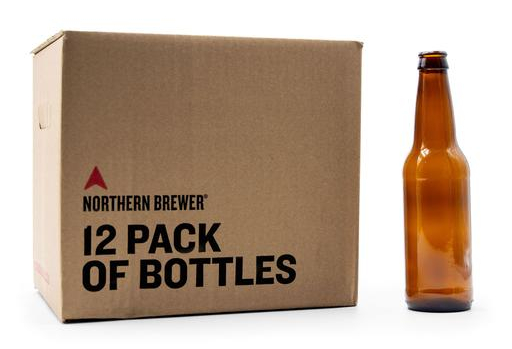
Tips and Tricks
-
- Planning is crucial. Gather all of your equipment, read and understand the recipe before starting.
- Sanitize, sanitize, sanitize!
- Brewing can be bit smelly and messy, so warn your roommate/significant other.
- Instead of pitching dry, wake up your yeast by adding it to a cup of boiled and cooled water. Let it sit for 15-30 minutes until it foams, then pitch in the wort.
- If possible, fermenting at the higher end of the temperature range for your yeast will encourage them to work faster.
- Buying additional yeast will hasten the job of fermentation, but make sure it is a fast-acting type—ask at your local homebrew shop.
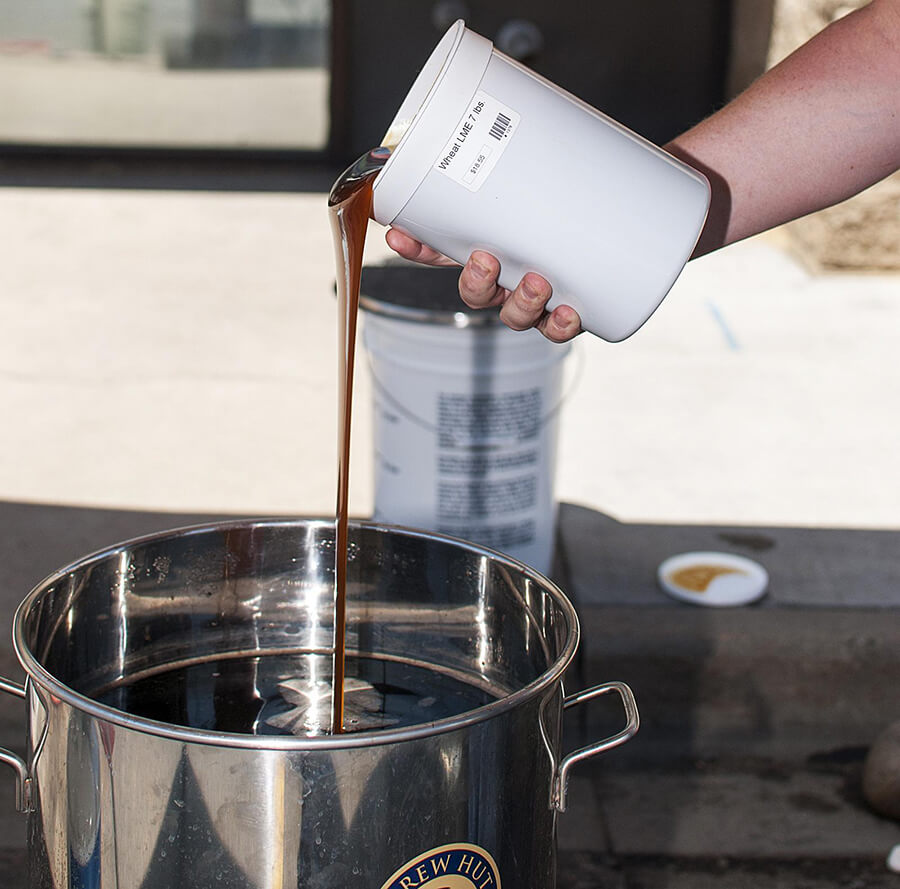
- Photo Credit: thebrewhut.com
Get in the Kitchen and Brew
Clearly there’s more to homebrewing than we can cover in this short article (but seriously, not much!). Once you have a batch or two under your belt, you’ll no doubt want to get into the full spectrum of complex styles, adjuncts, Lagers and more. Says Gould, “You can start simple and then make it as complex as you want.”
For additional inspiration, equipment and recipes visit your local homebrew store or go online. Some of the easiest recipes are at Brew Your Own Magazine, or just search “fast home brewing recipes” online. Northern Brewing has a straightforward guide to the brewing process and sells equipment and supplies online. For more in-depth brews check out the American Homebrewers Association.
Beer is very resilient so don’t be intimidated. Even if everything doesn’t work as planned you’re still likely to end up with a fully-drinkable result. So bottoms-up to a new and rewarding hobby, or at least a way to pass the dull moments til life starts returning to normal!


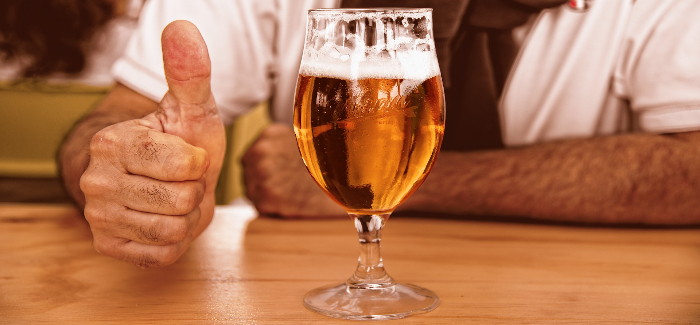

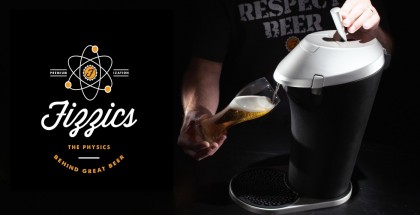
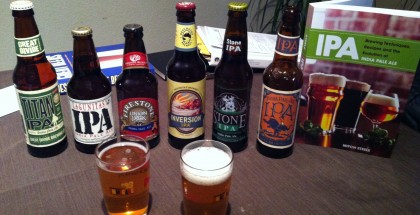


Submit a Comment